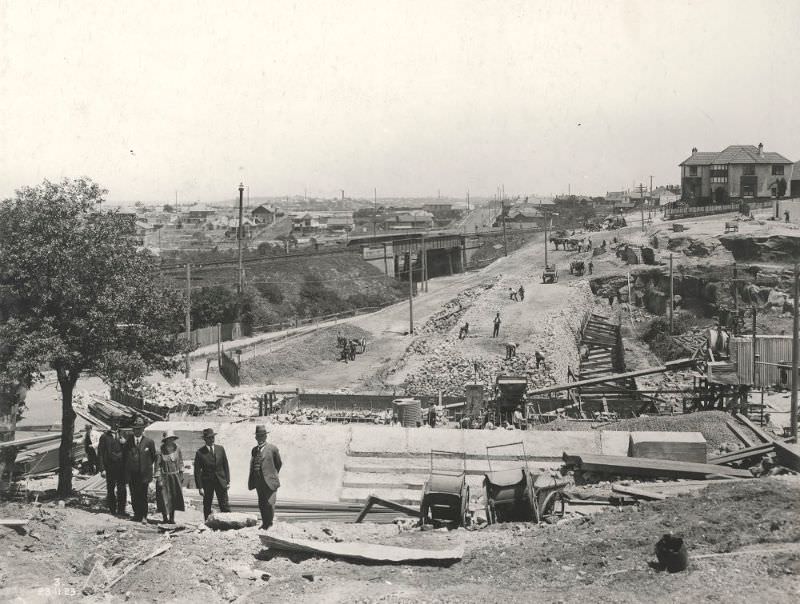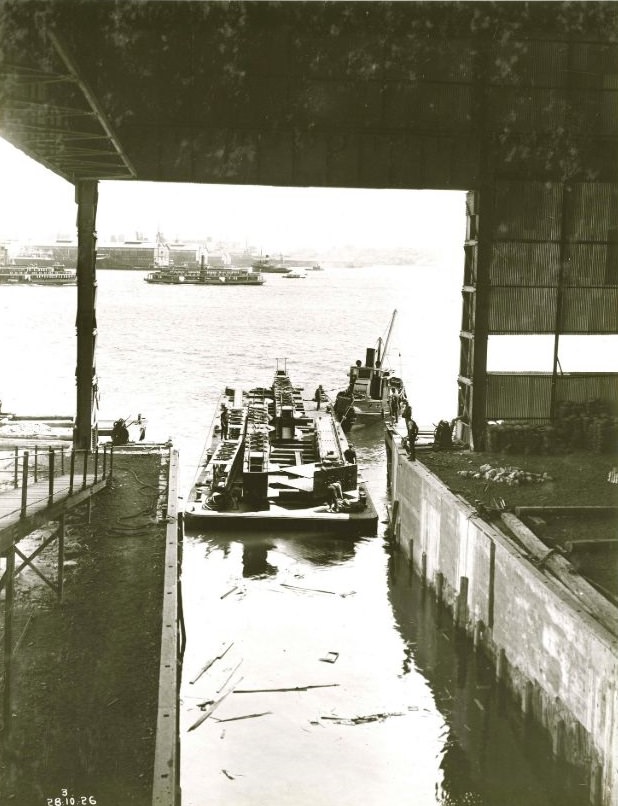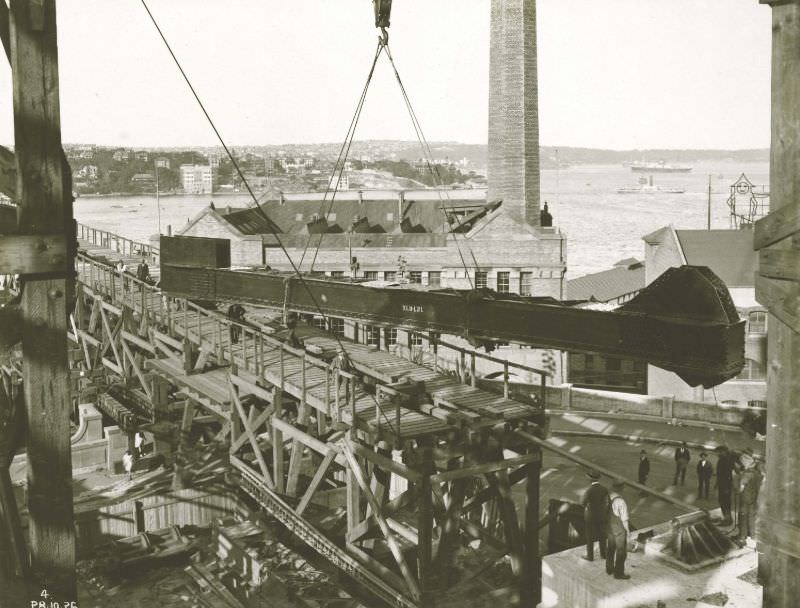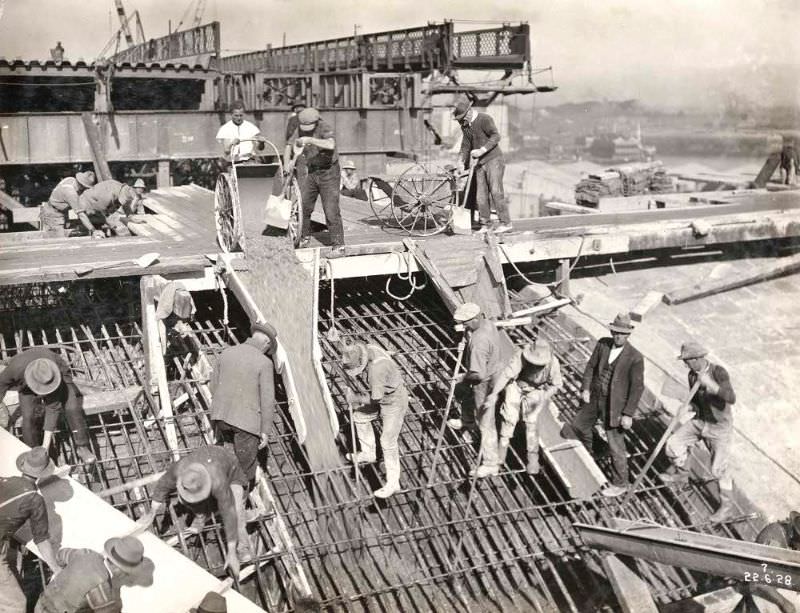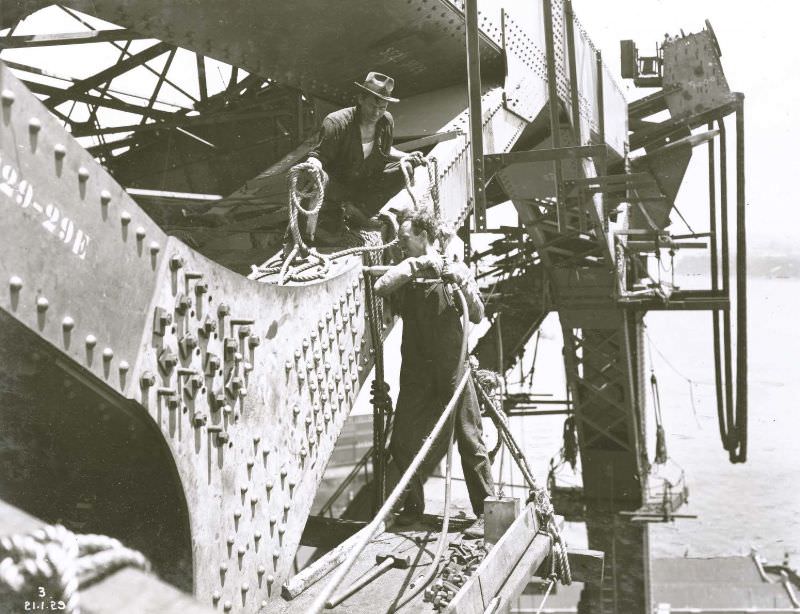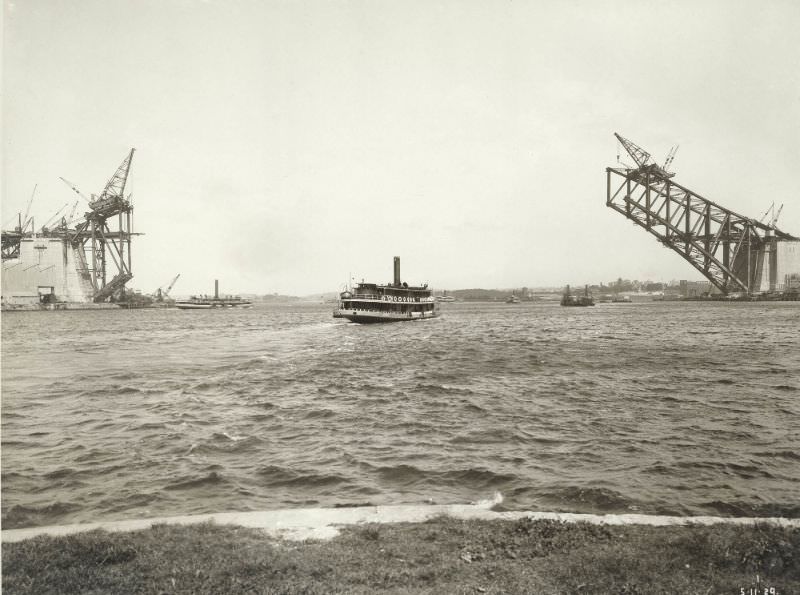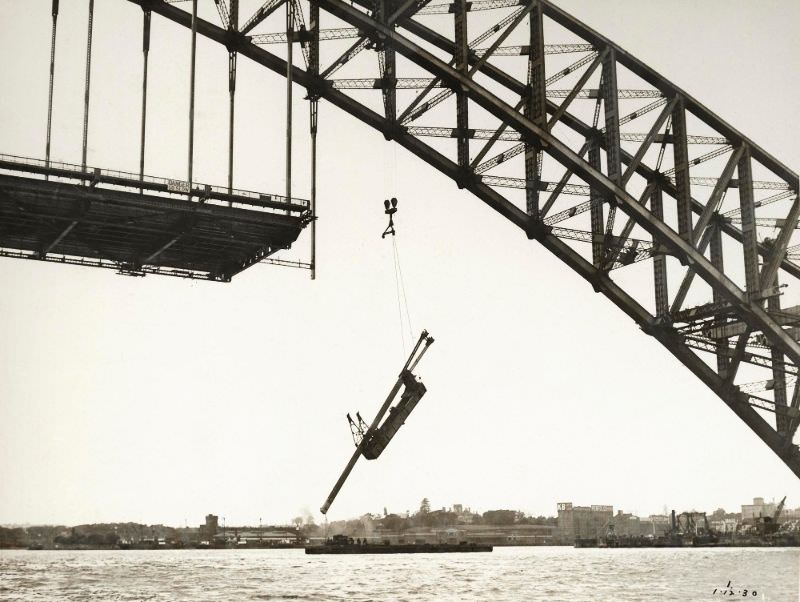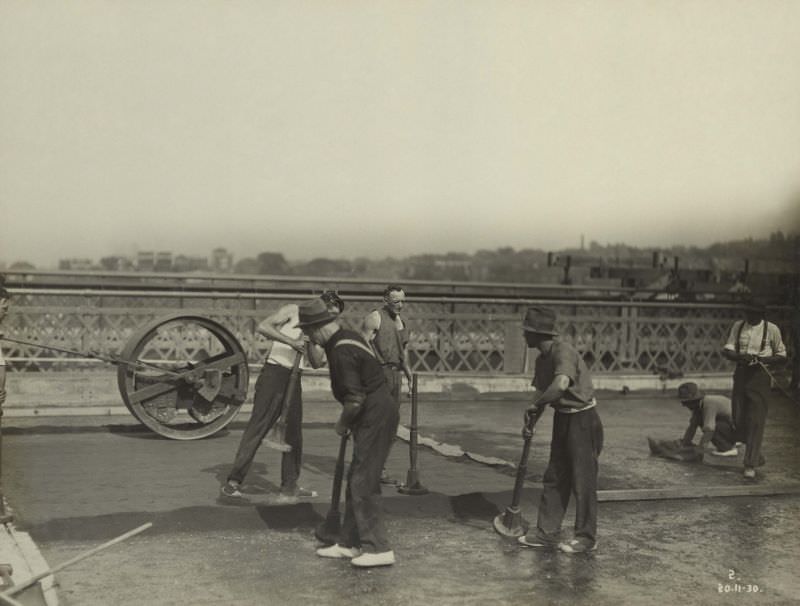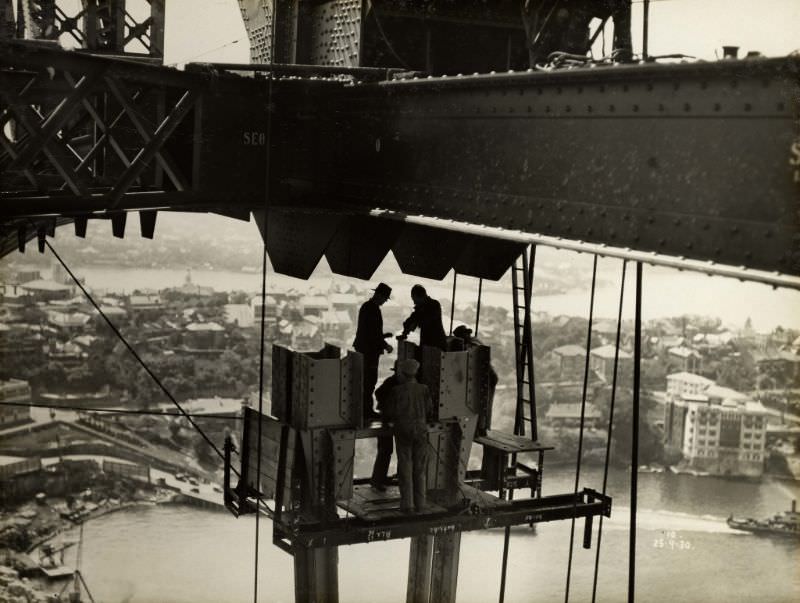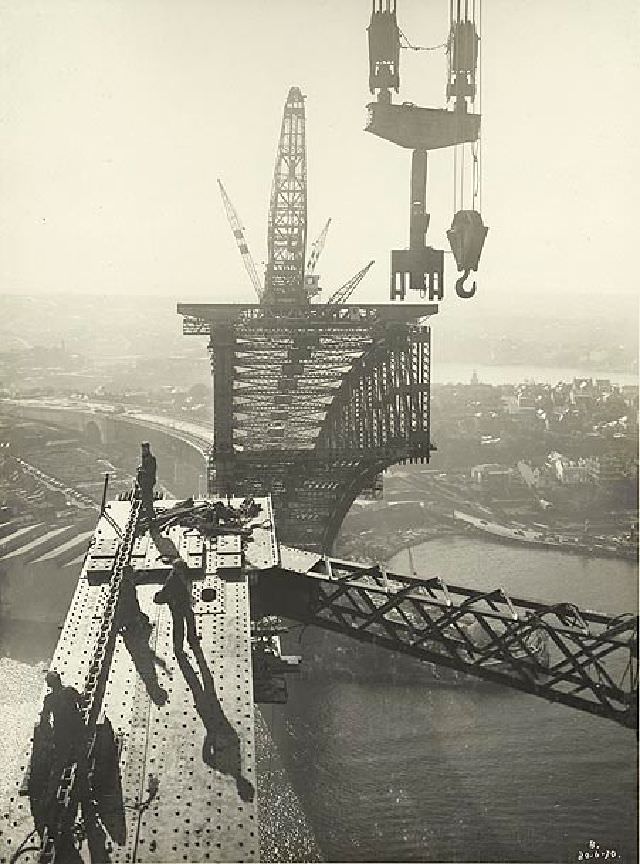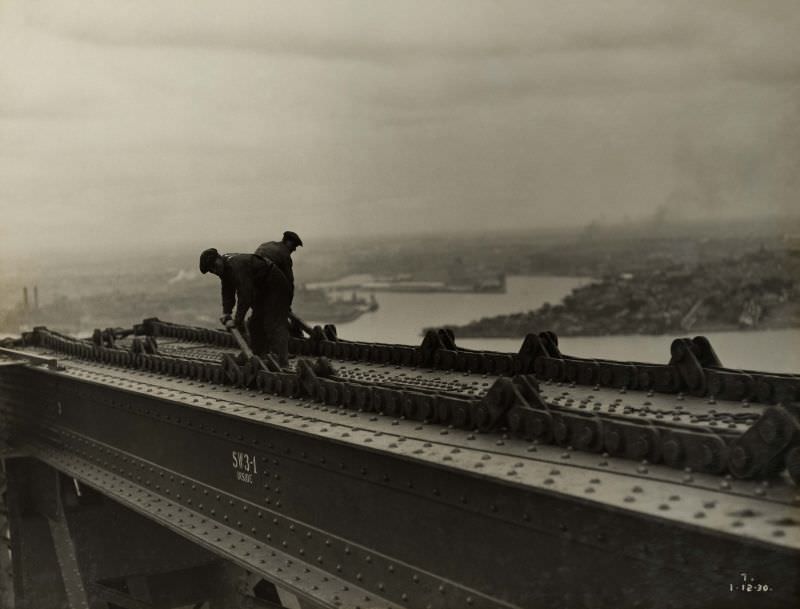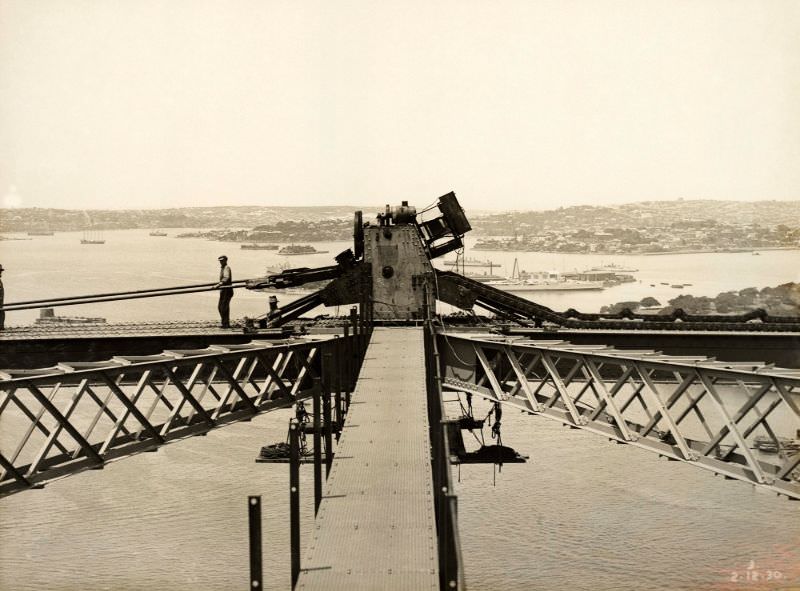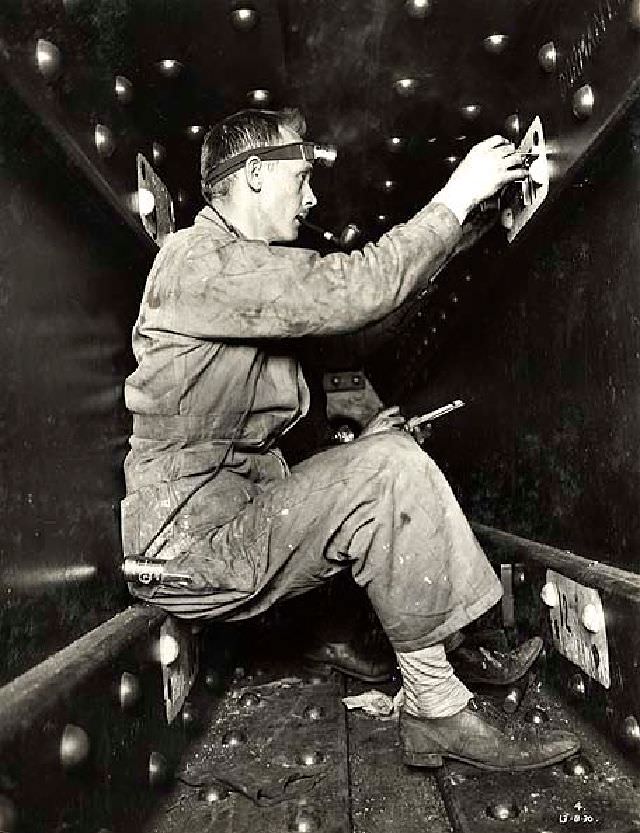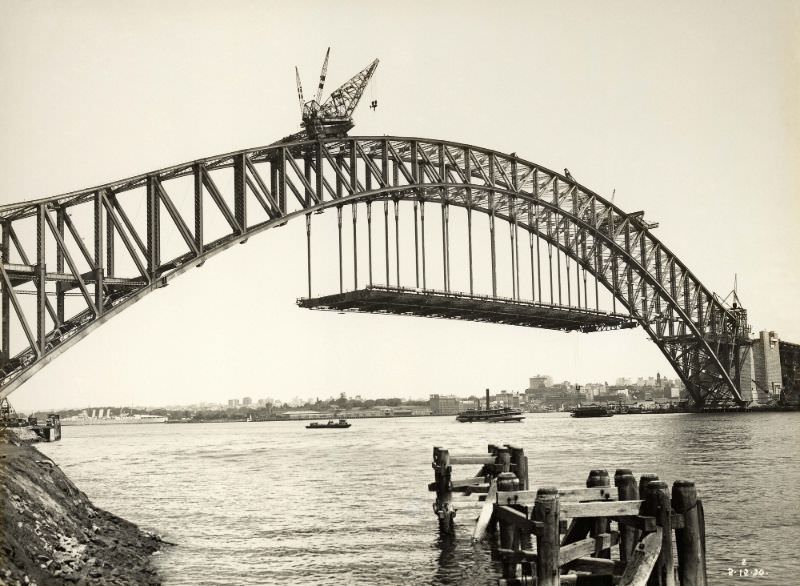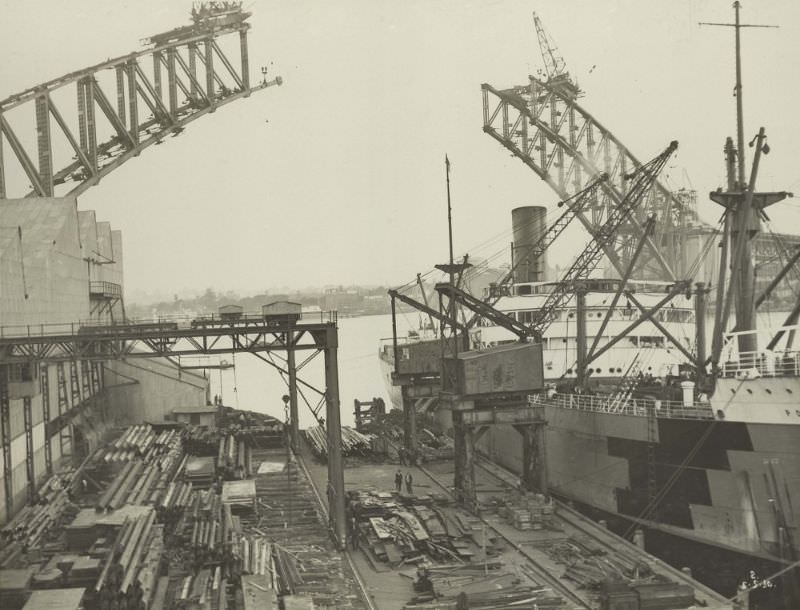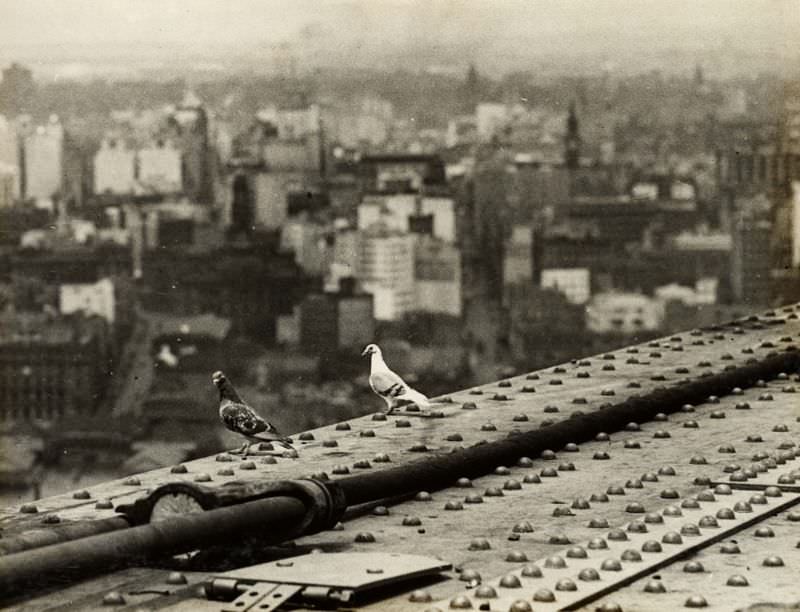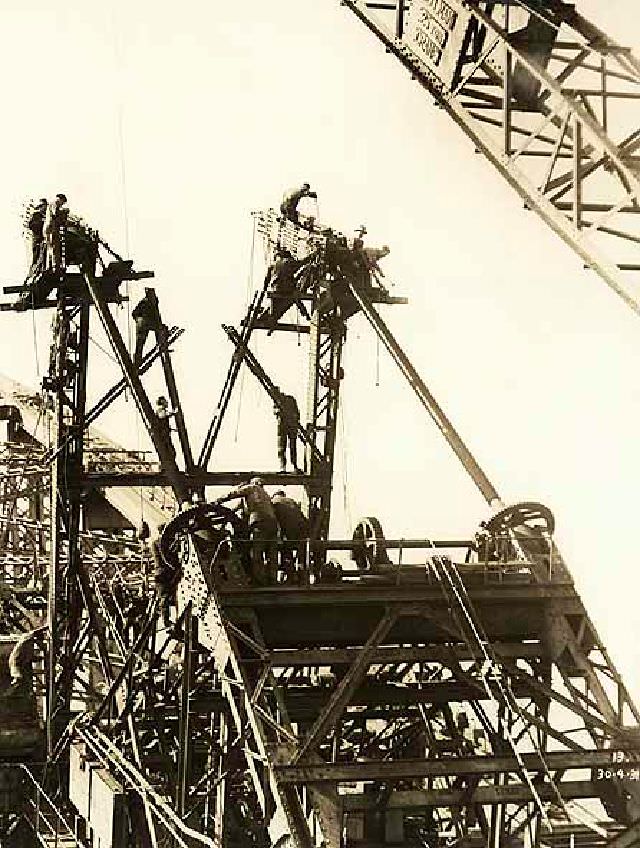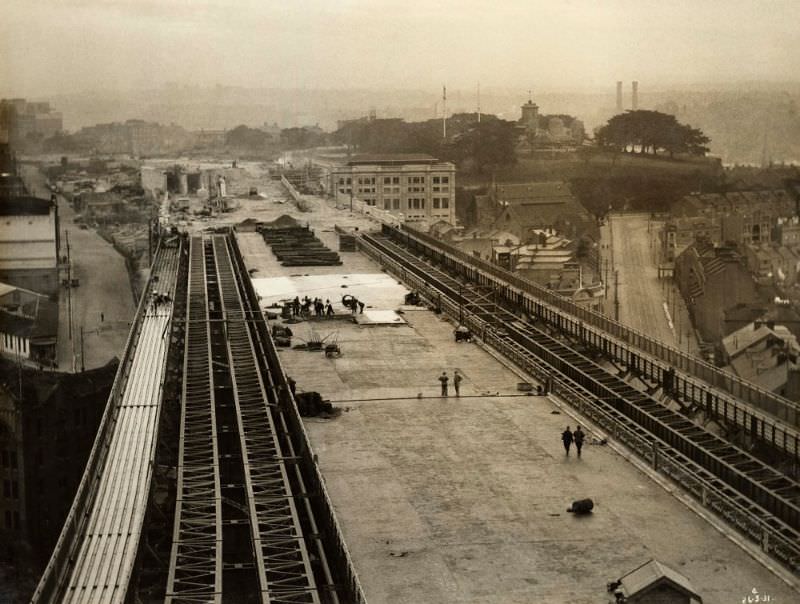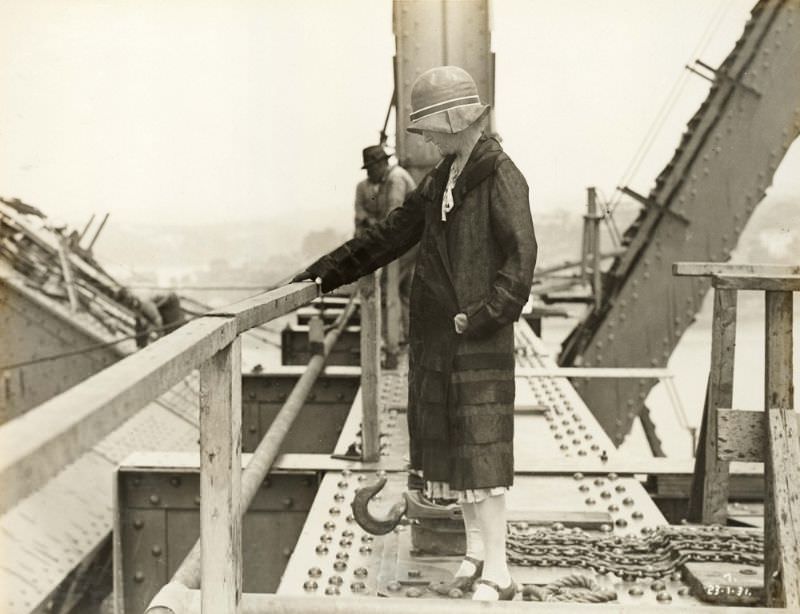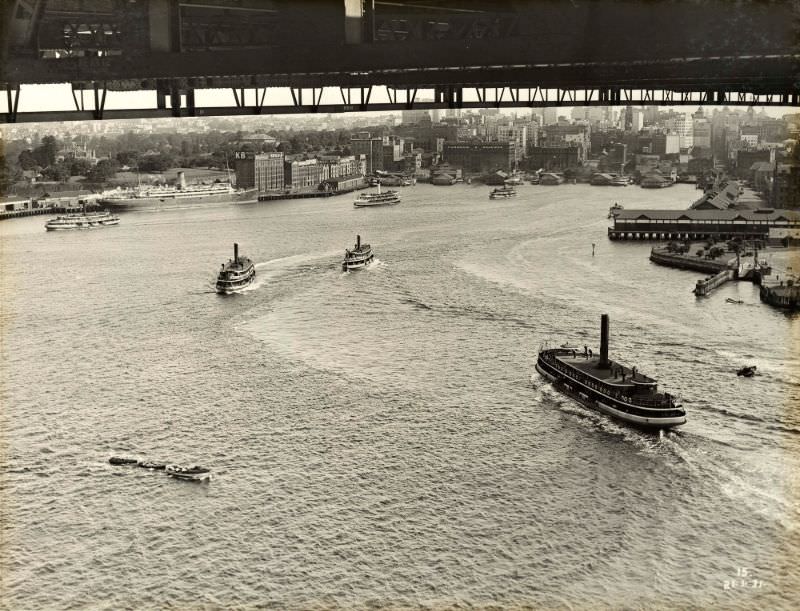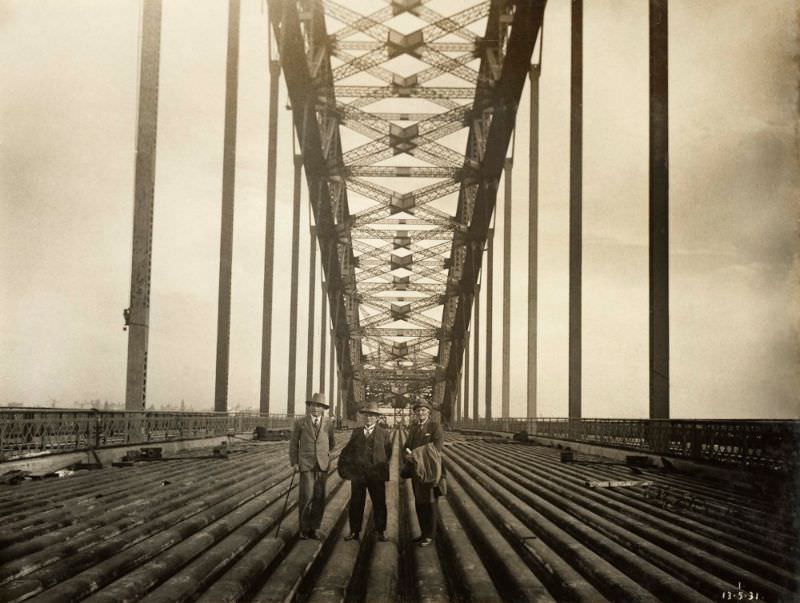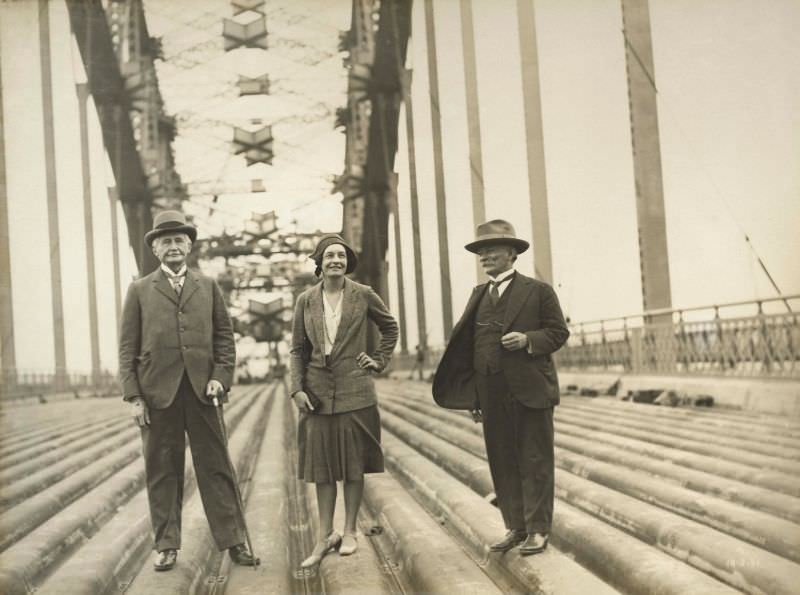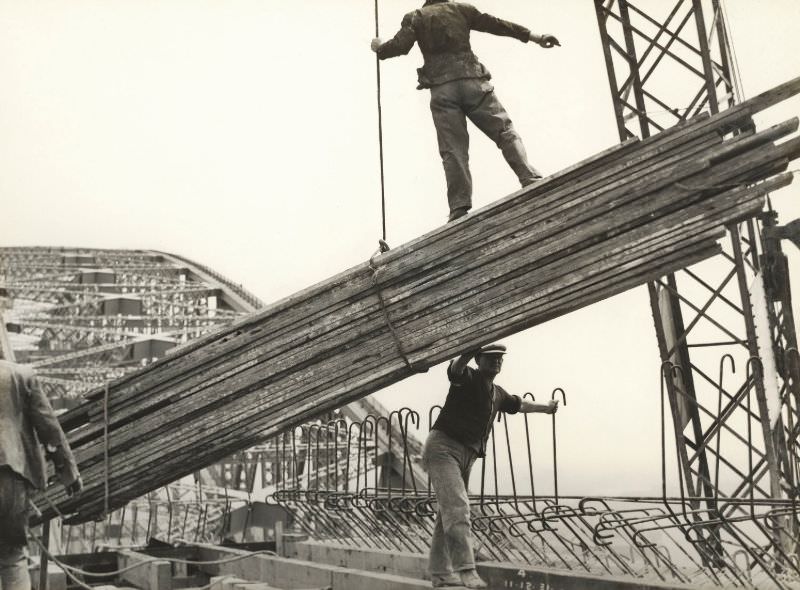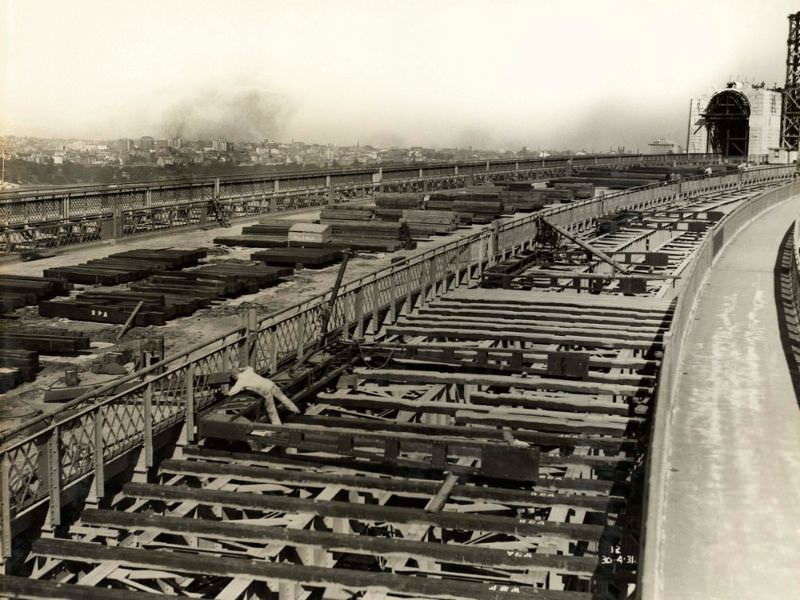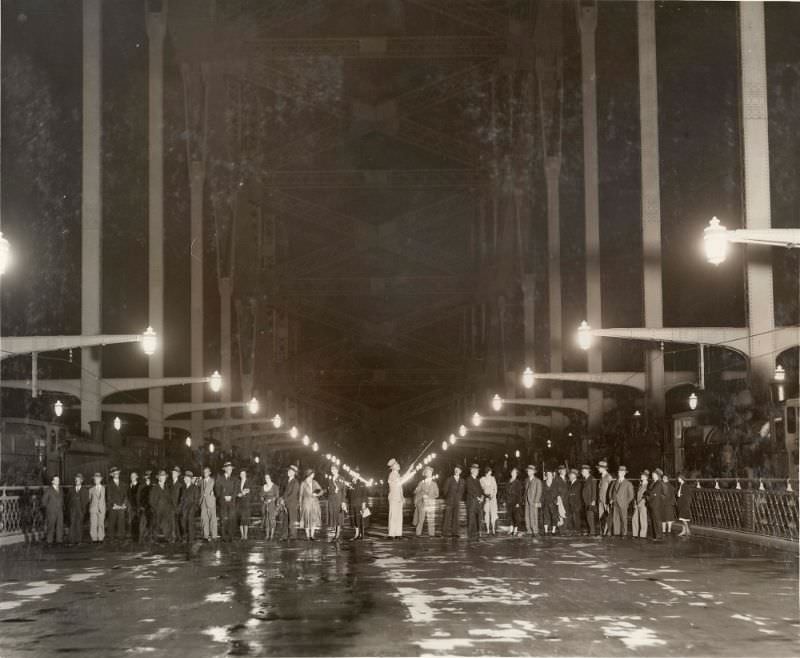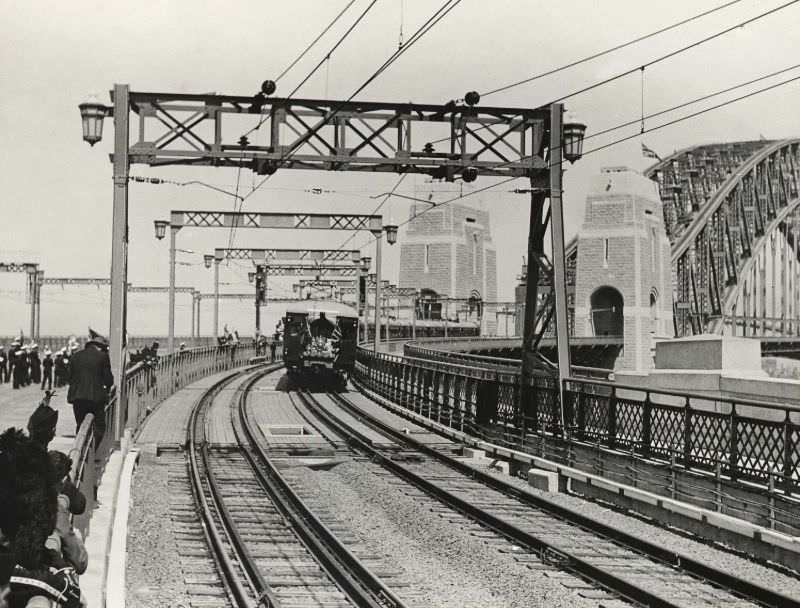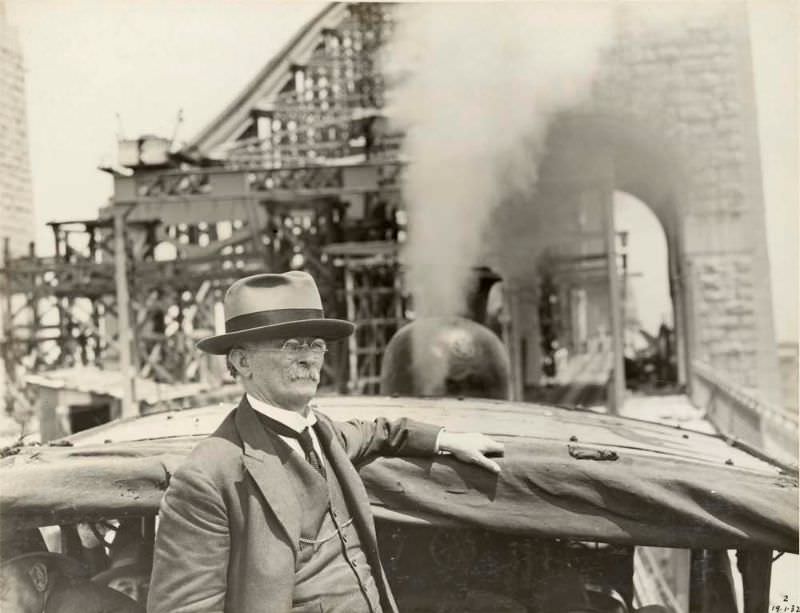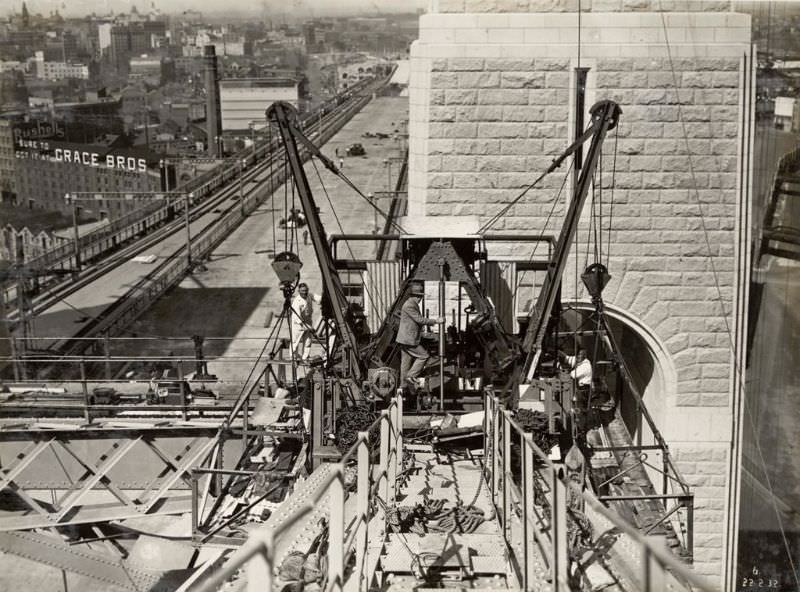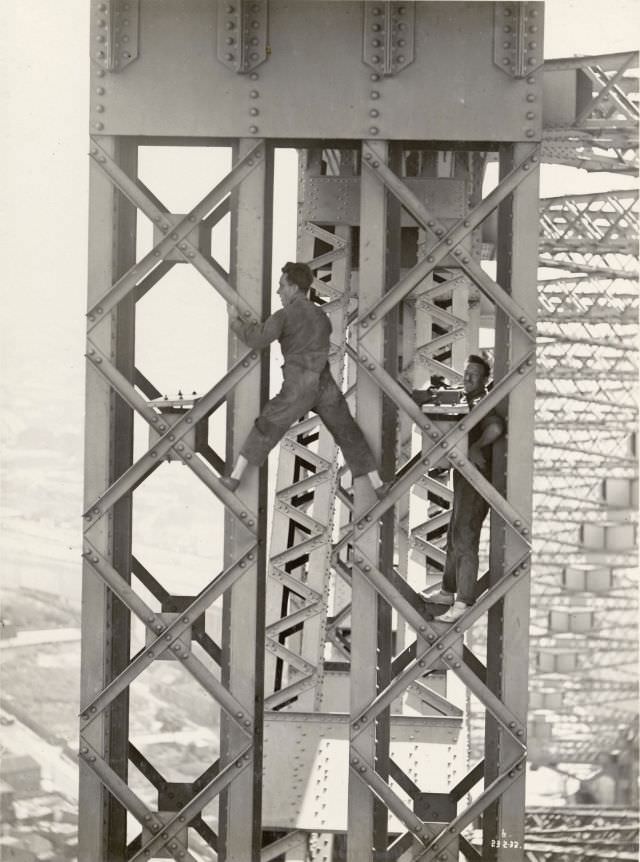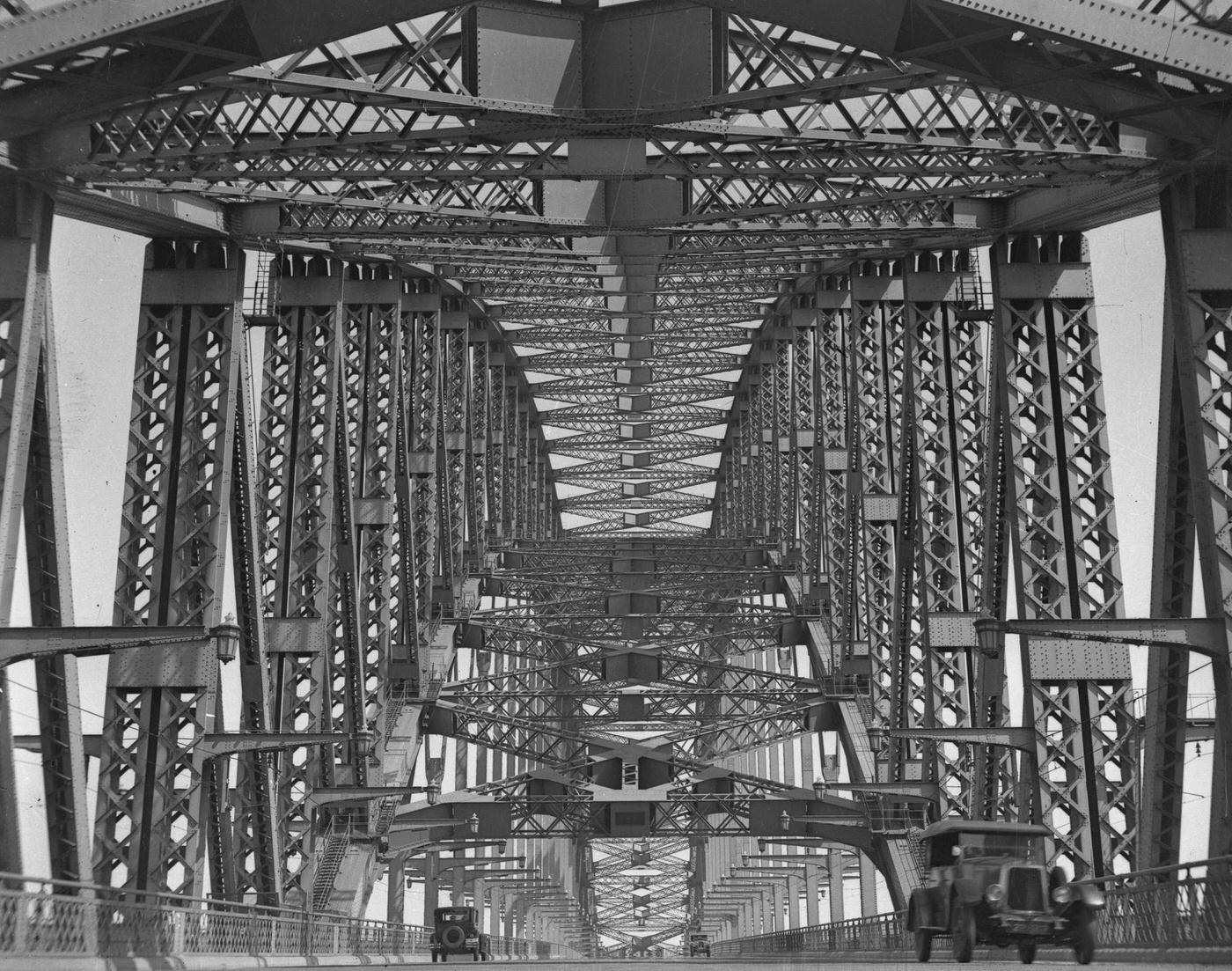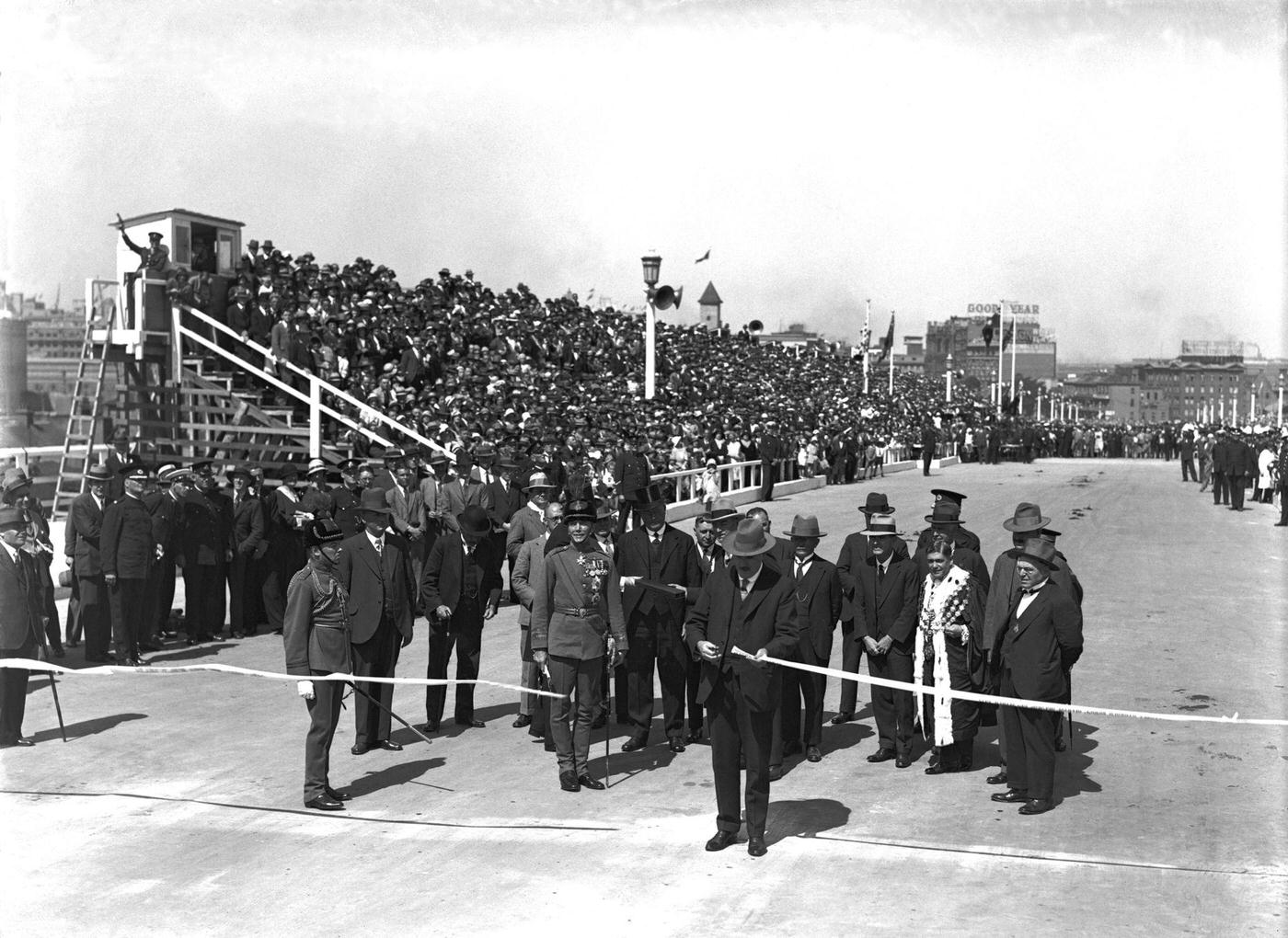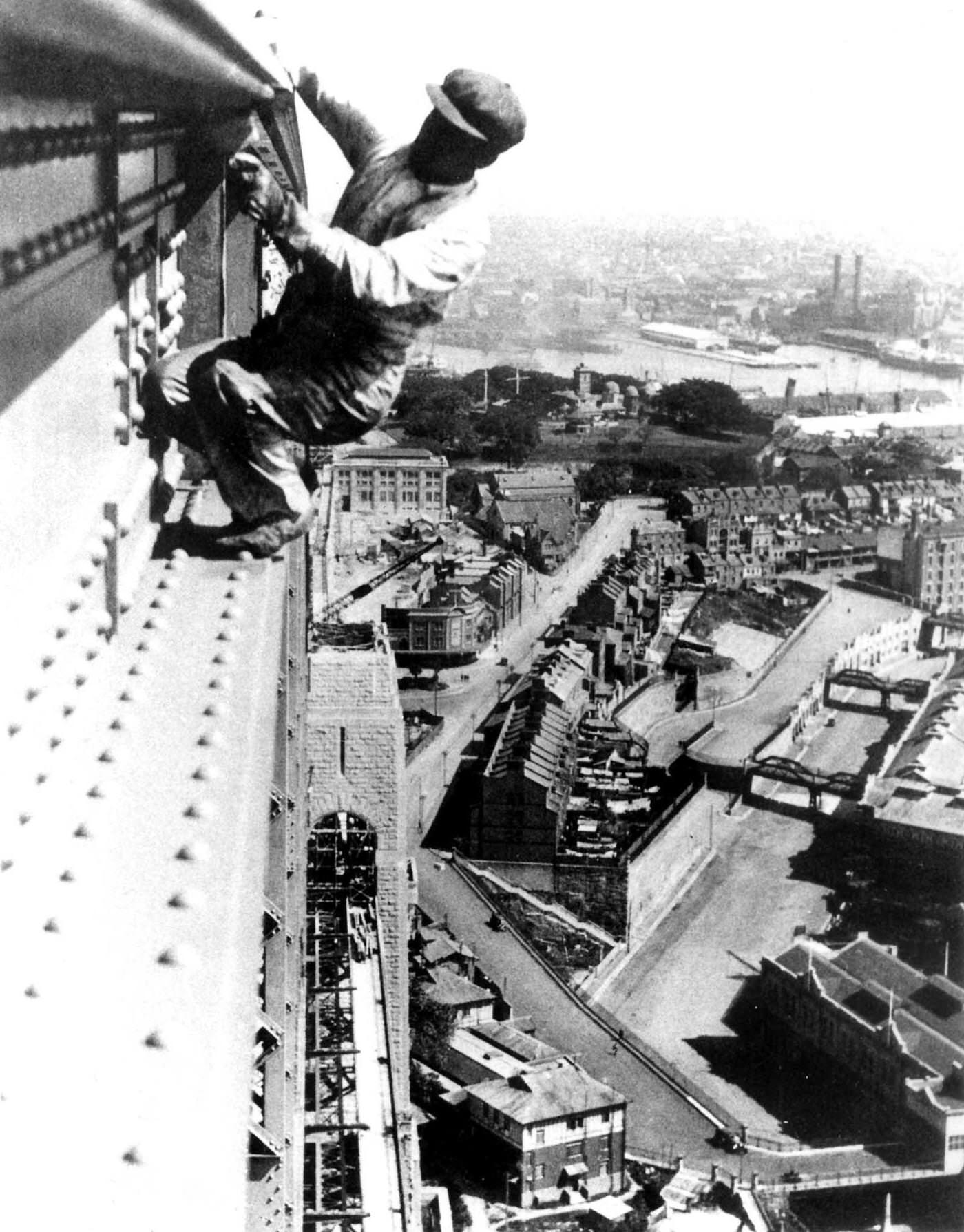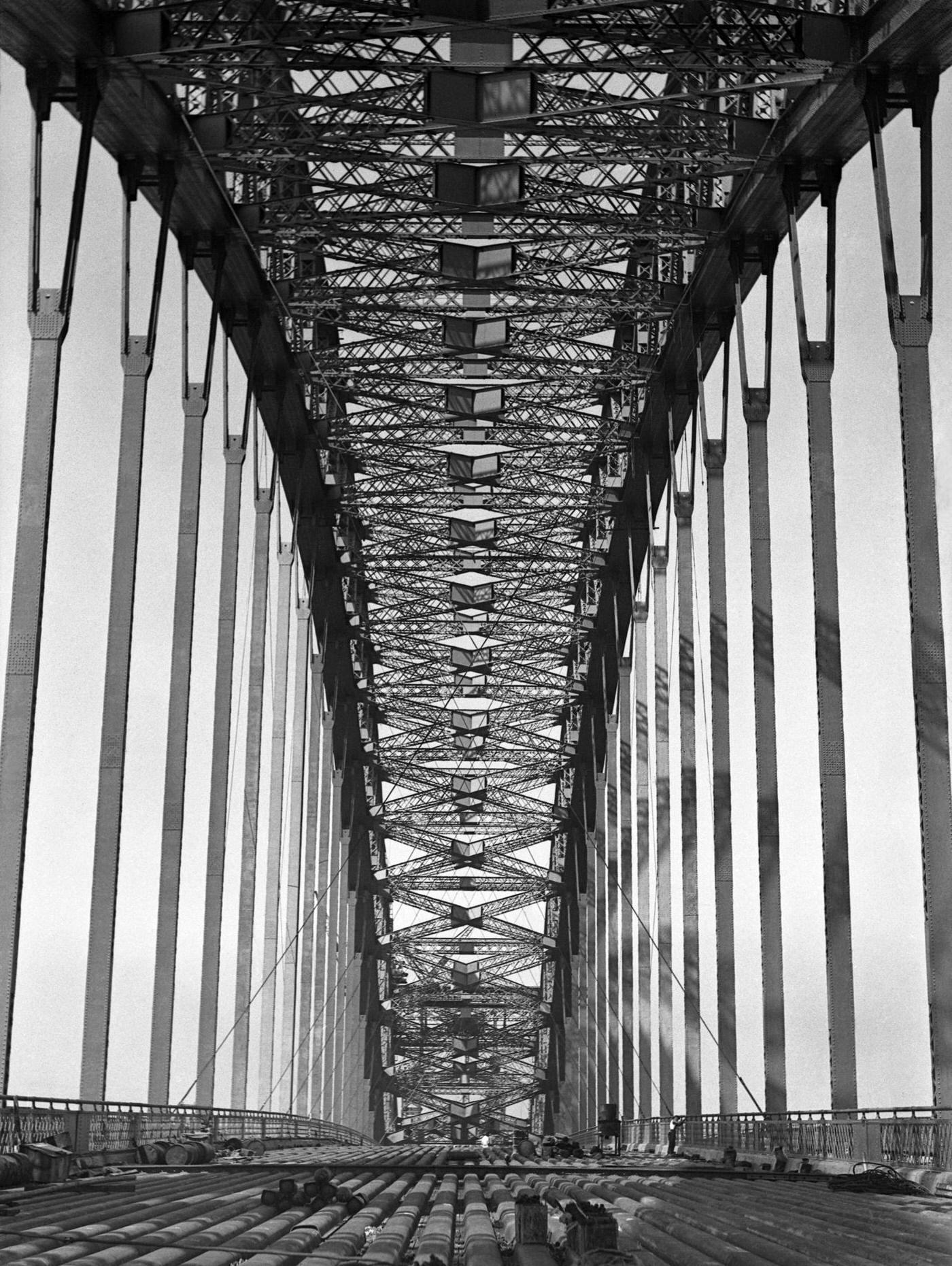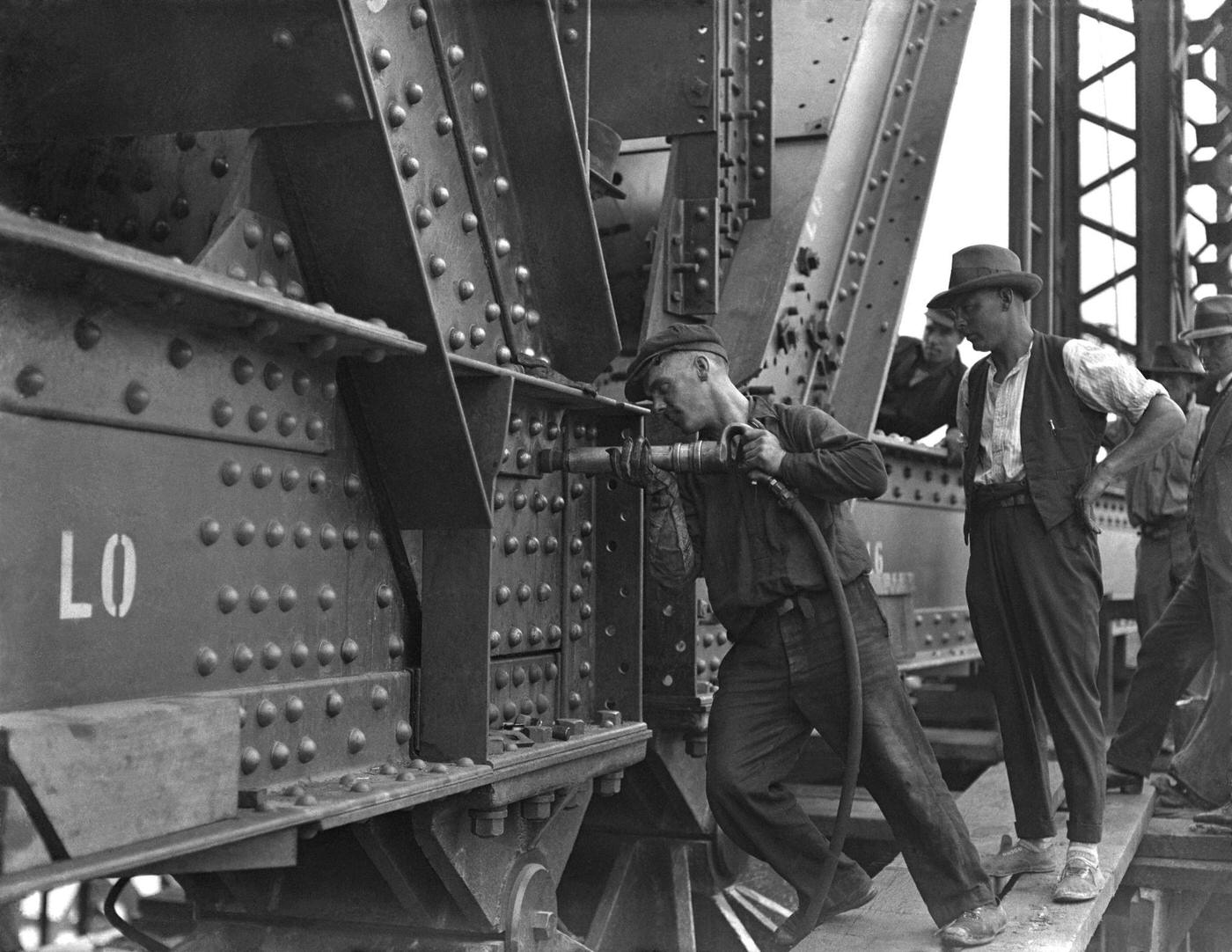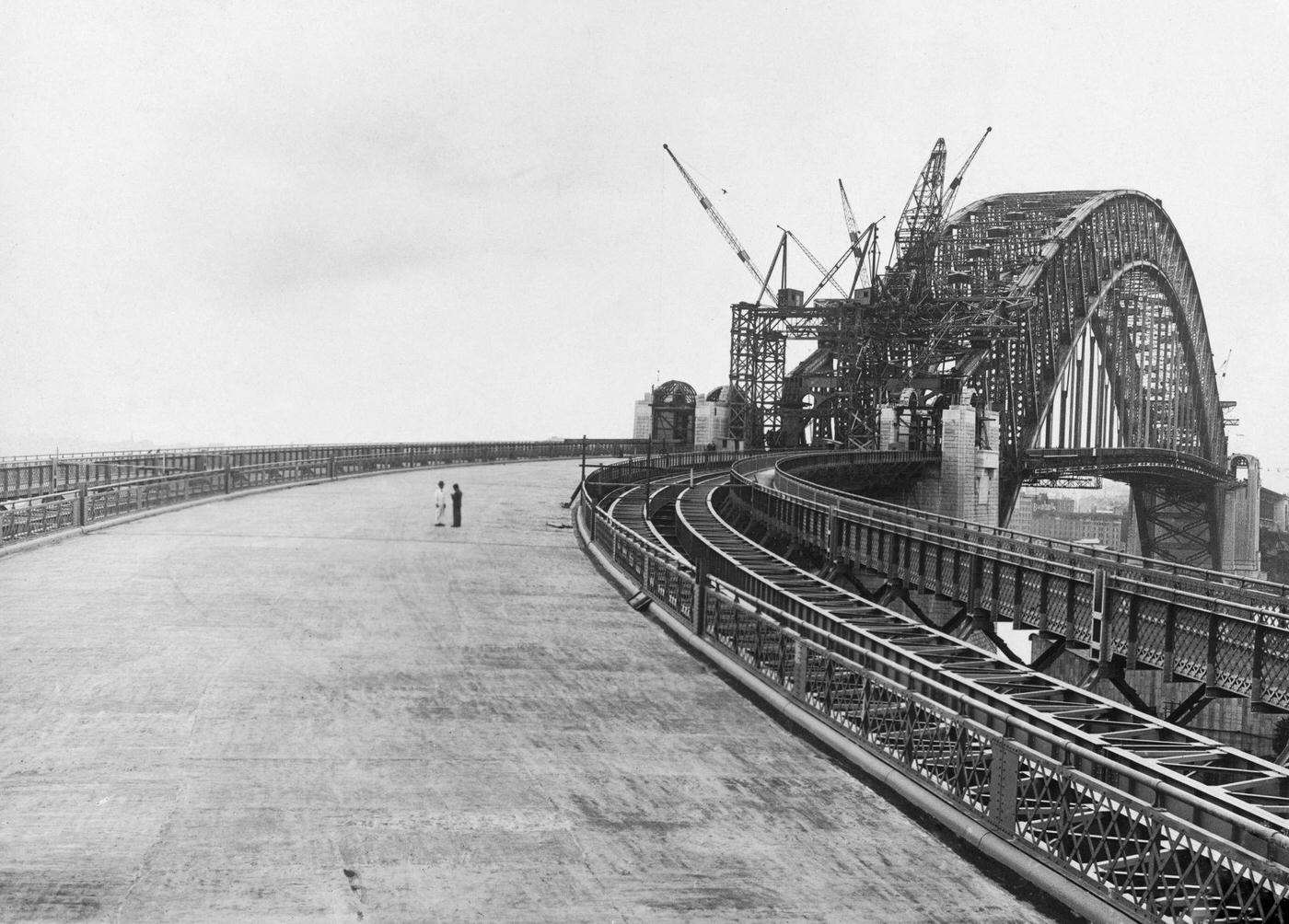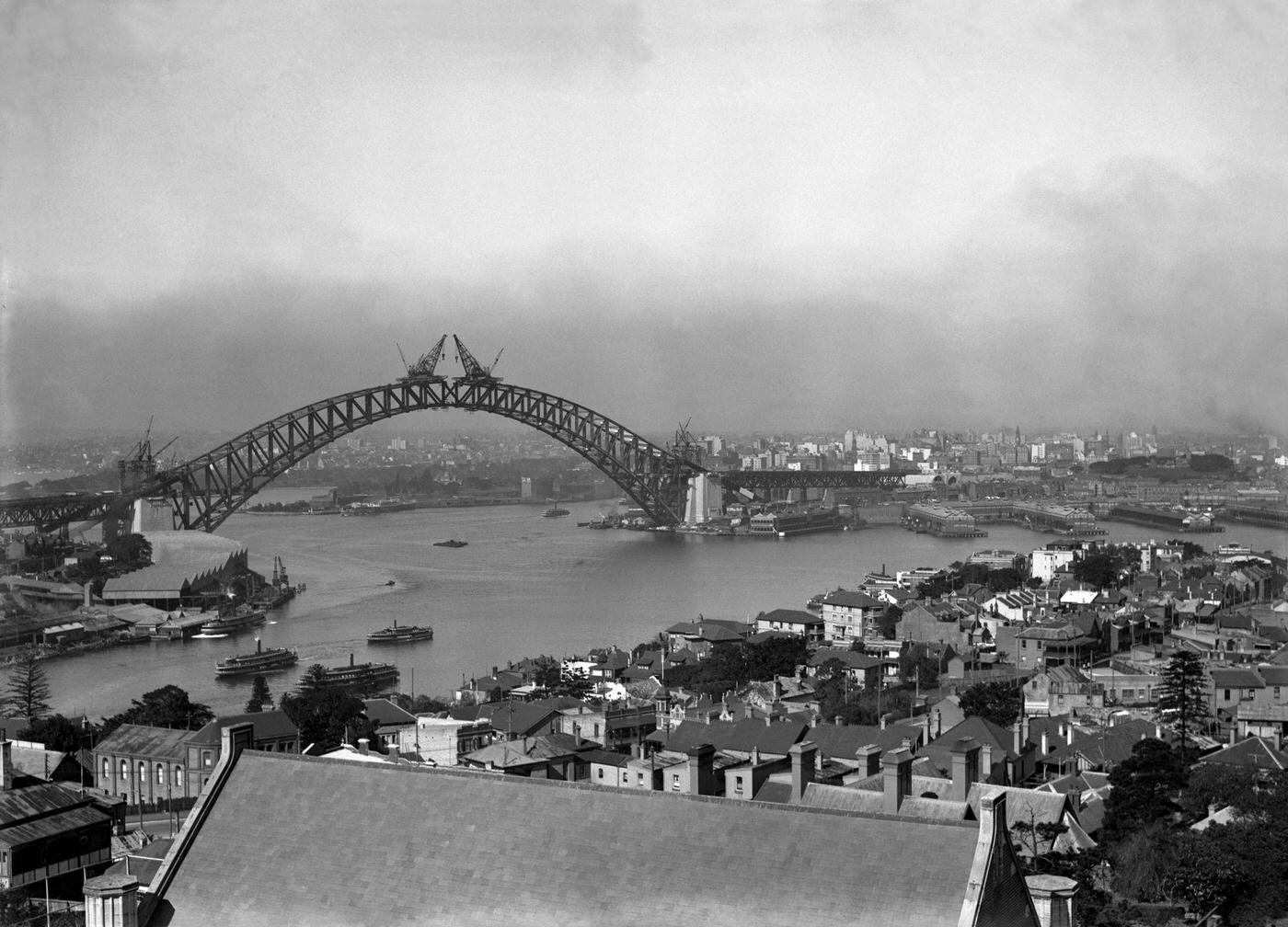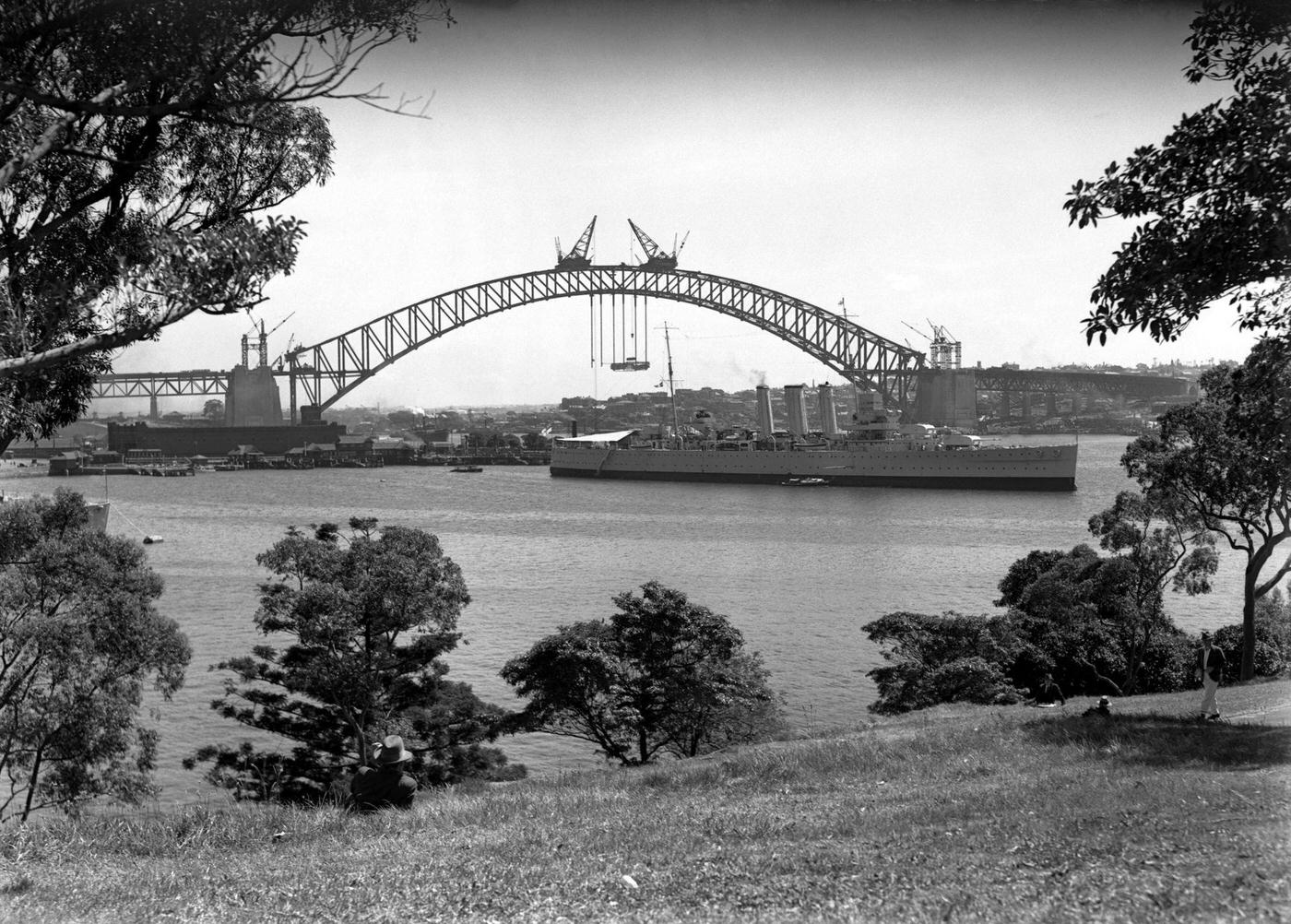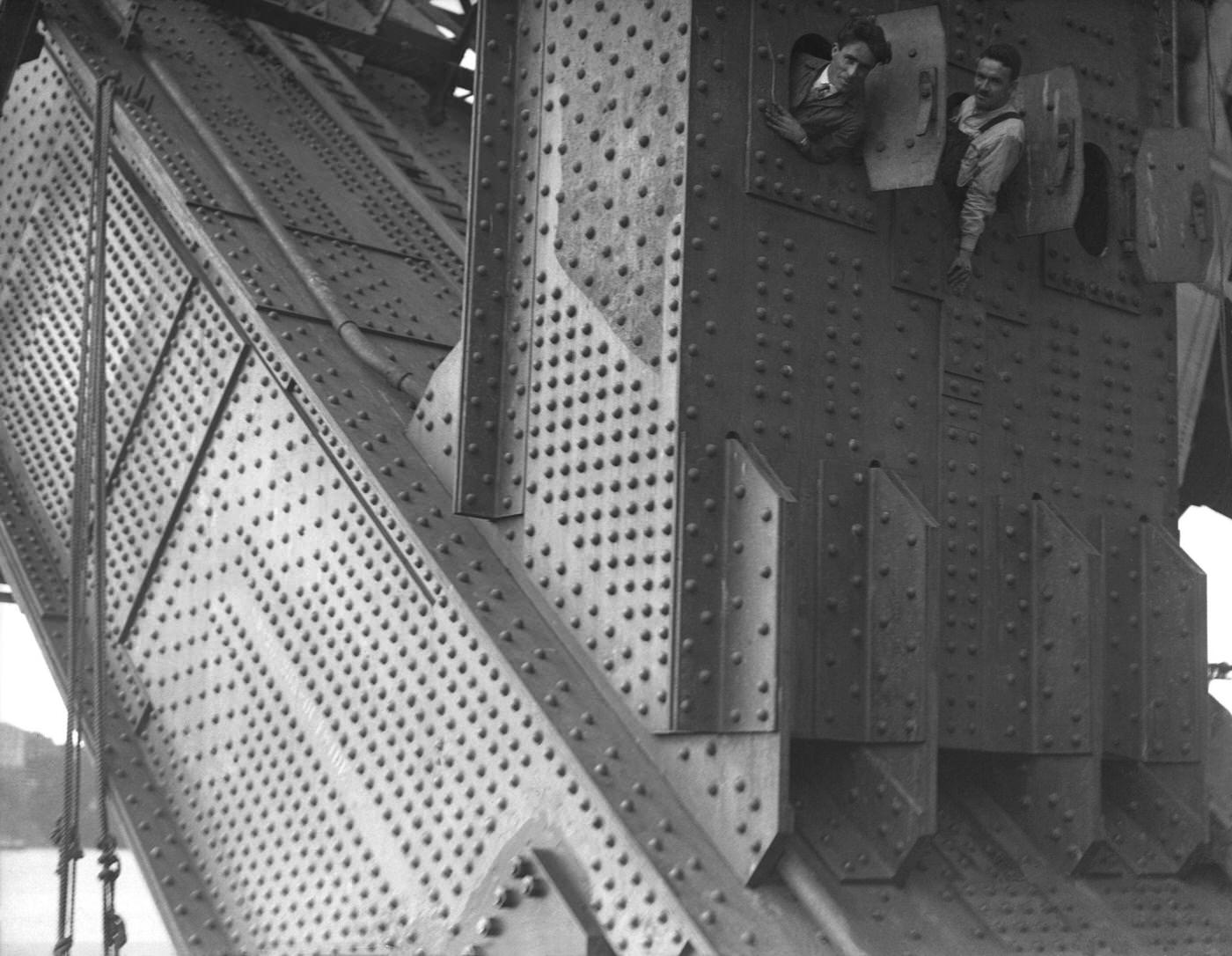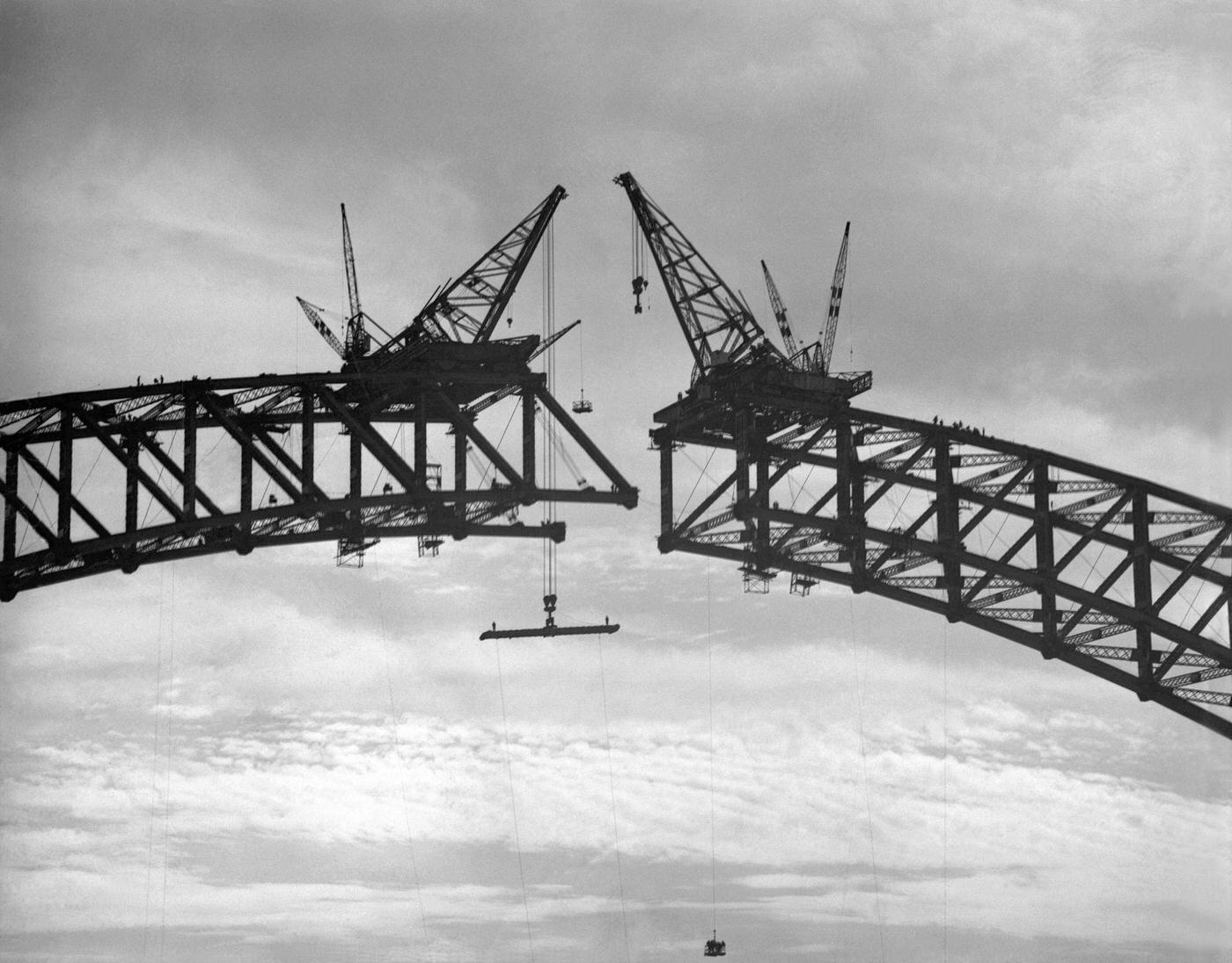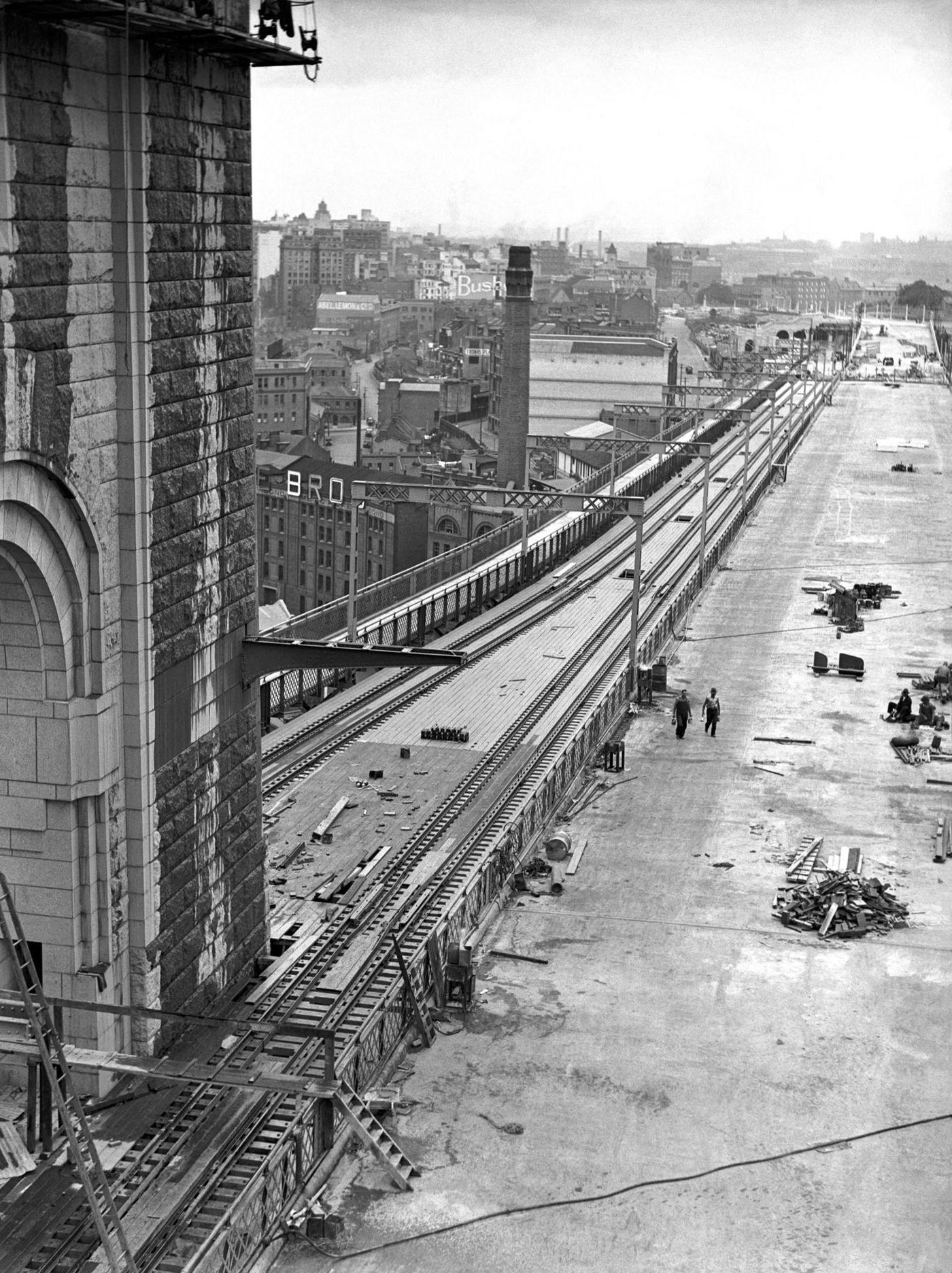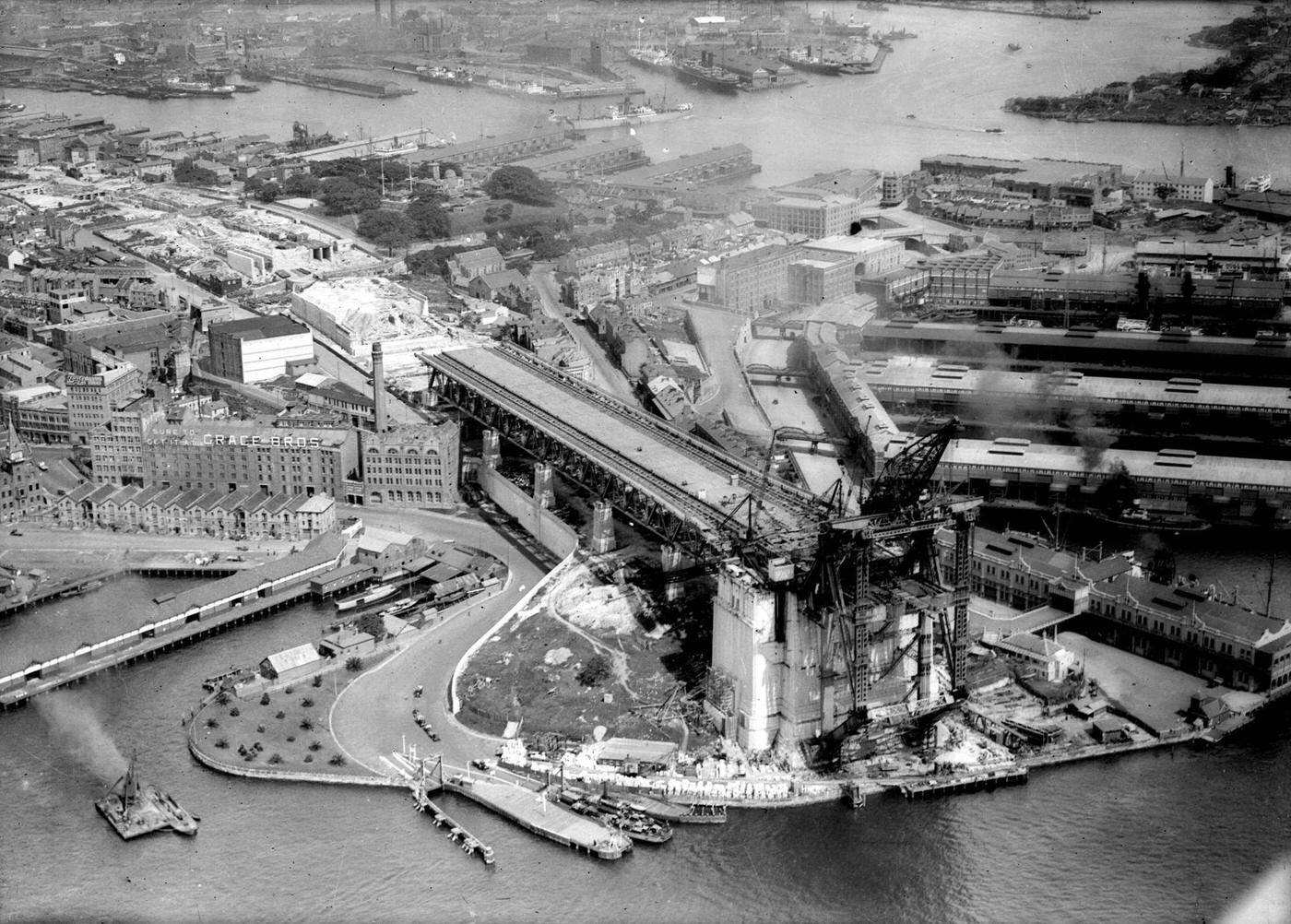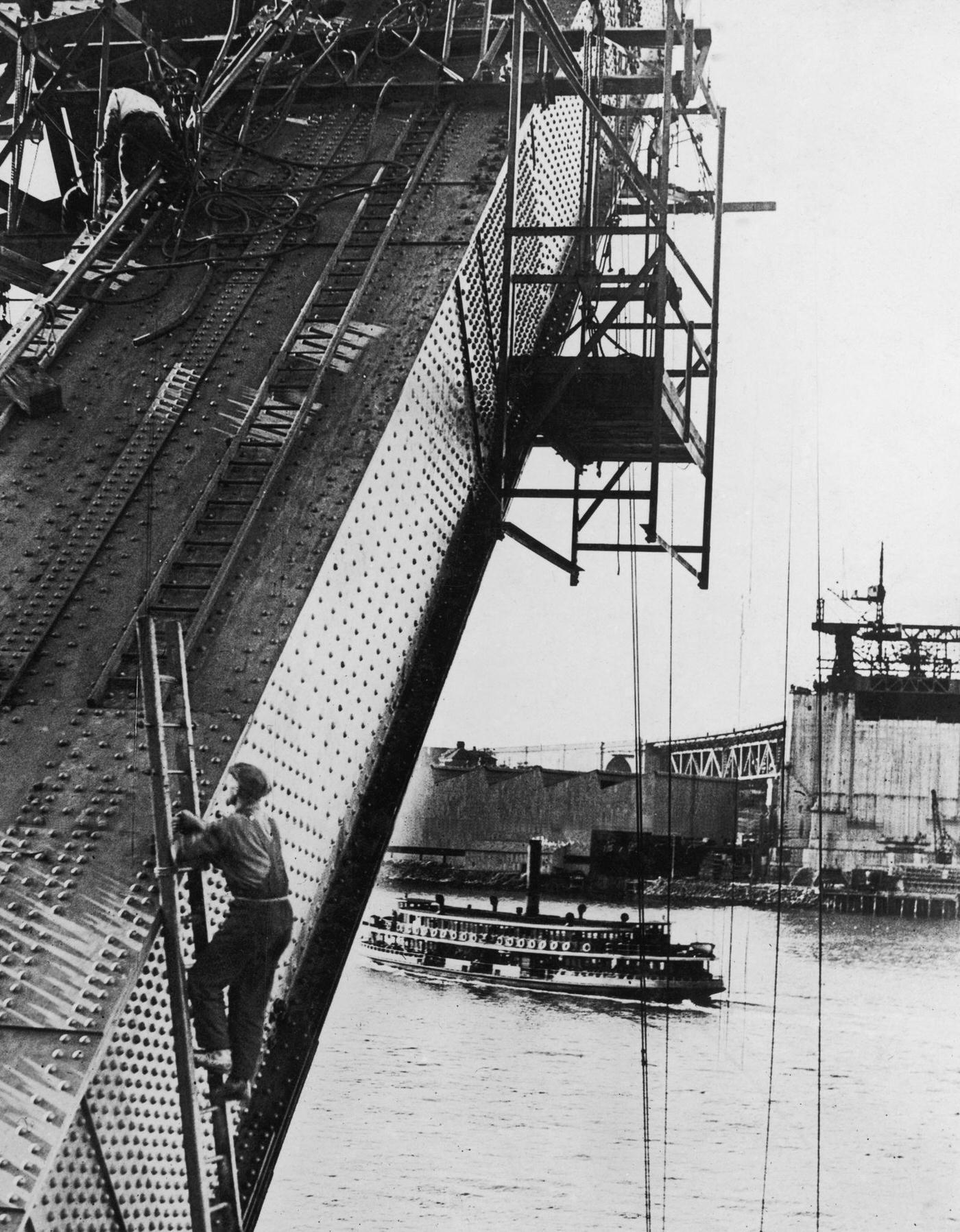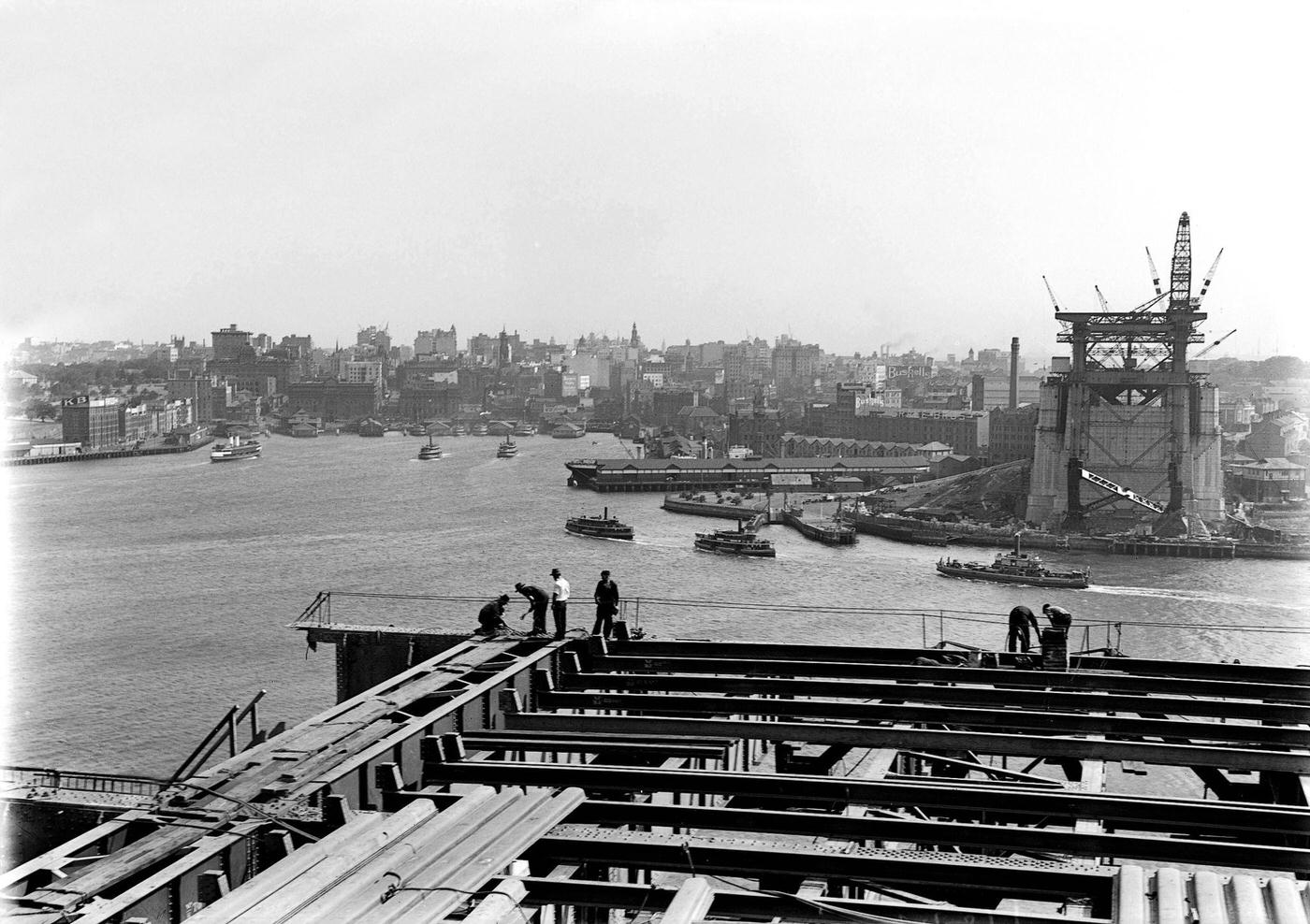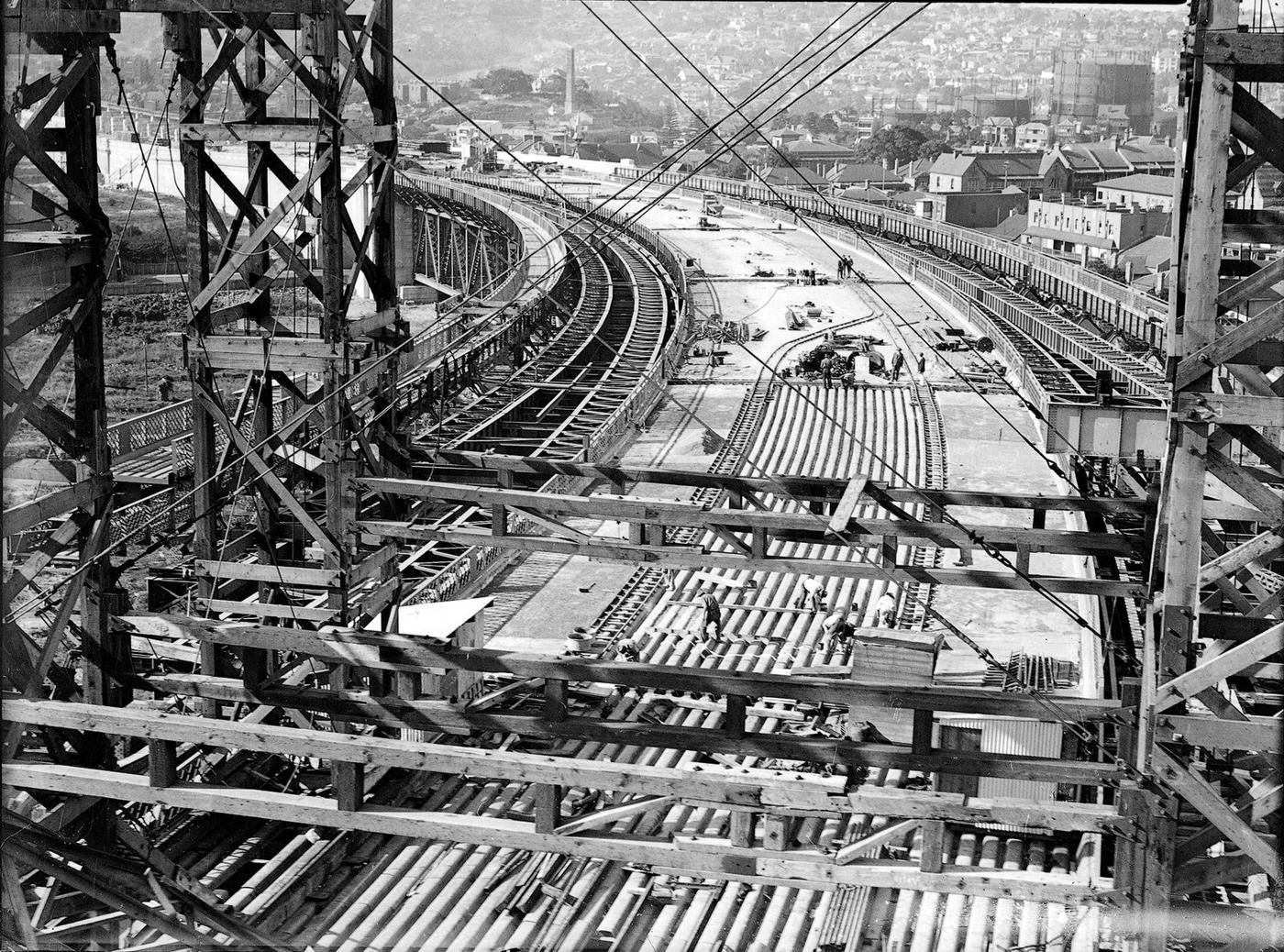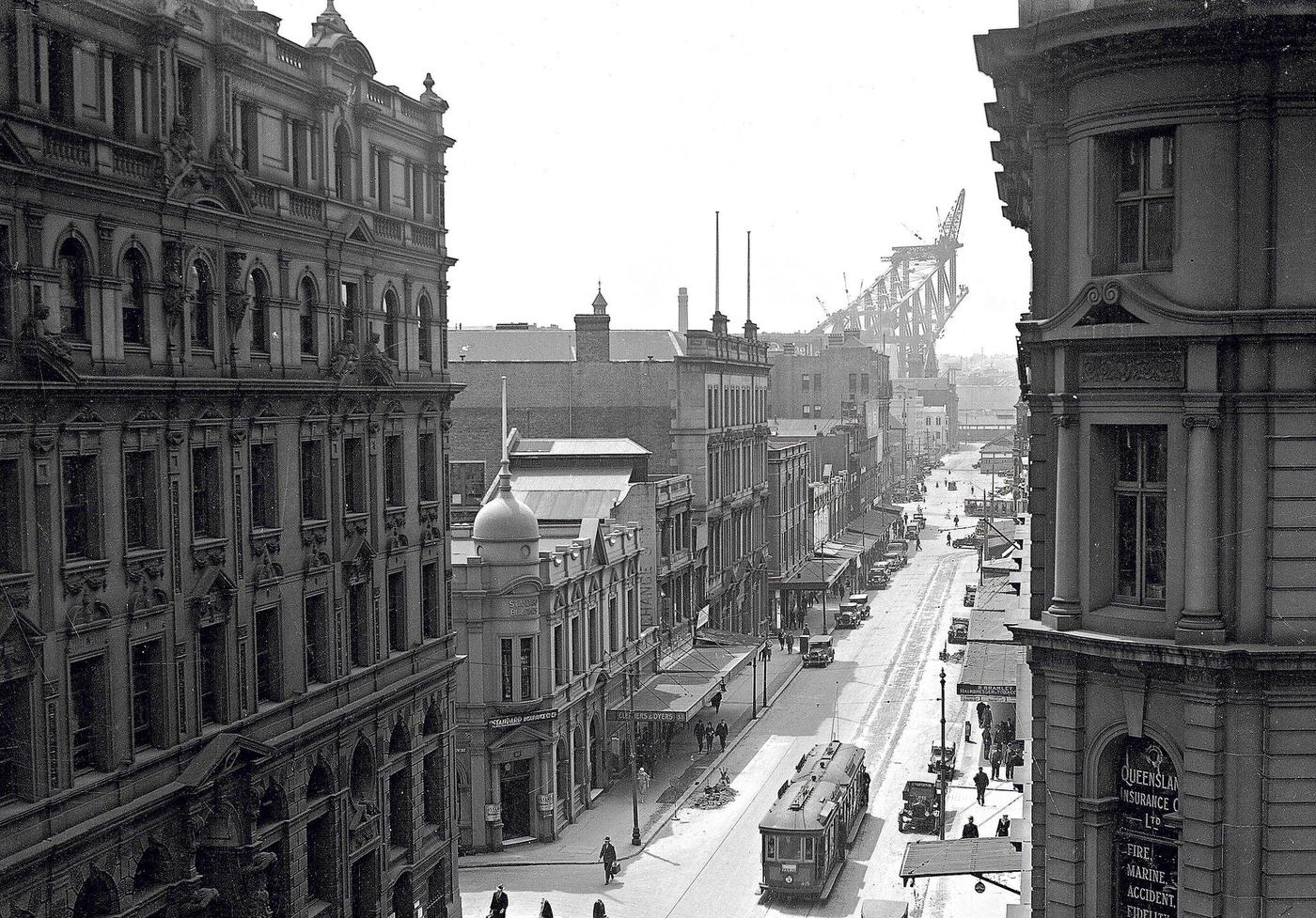The Sydney Harbor Bridge is an iconic landmark in Australia, connecting the North Shore with the central business district of Sydney. The construction was needed to accommodate transportation between the two sides of the harbor. With the city’s rapid growth, it was becoming increasingly difficult for people to cross the harbor, and the ferry system was insufficient to meet the demands of the growing population.
Construction of the Sydney Harbor Bridge started in 1923, with the official foundation stone being laid in September of that year. The project was an enormous undertaking, and it was expected to take six years to complete. The bridge was designed by John Bradfield, an engineer who had previously been involved in the construction of the Sydney Harbor Tunnel. The bridge was intended to be a steel arch bridge, with two prominent arches that would meet at the top, creating a roadway for vehicles and pedestrians. The arches were designed to be held together by steel rods that would be tensioned to provide stability and support.
The materials used in the bridge construction included steel for the arches and roadway, concrete for the foundations and approaches, and stone for the piers. The steel was sourced from Britain, while the concrete and stone were produced locally. The cost of the project was estimated to be around 6.25 million pounds, a substantial sum at the time. The cost was funded by the government, with additional funds being raised through loans and a public appeal.
The construction of the bridge was carried out in three main phases. The first phase was the construction of the two central arches. The arches were built on either side of the harbor and then joined at the top. The second phase was the construction of the roadway and pedestrian walkways. The roadway was suspended from the steel arches using steel cables, and the walkways were built on either side of the roadway. The final phase was the addition of the bridge’s iconic Gothic arches and the construction of the approach roads.
Building the Sydney Harbor Bridge was a challenging task. The workers had to deal with harsh weather conditions, including strong winds and heavy rain. They also had to contend with the challenging topography of the harbor, which required the construction of massive stone piers to support the bridge’s weight. In addition, the workers had to work at great heights, suspended from the steel arches using ropes and harnesses. Despite these challenges, the bridge’s construction proceeded smoothly, and the bridge was officially opened to traffic in March 1932.
The construction of the Sydney Harbor Bridge significantly impacted the city of Sydney. The bridge provided a much-needed transportation link between the North Shore and the central business district, making it easier for people to travel between the two sides of the harbor. It also provided a significant boost to the local economy, creating jobs and helping to spur economic growth. In addition, the bridge’s iconic Gothic arches and its dramatic location over the harbor made it an instant landmark and a symbol of the city. Today, the Sydney Harbor Bridge remains an iconic landmark and an important part of Australia’s history and heritage.
Here are some fascinating historical photos that show the construction of Sydney’s Harbor bridge.


